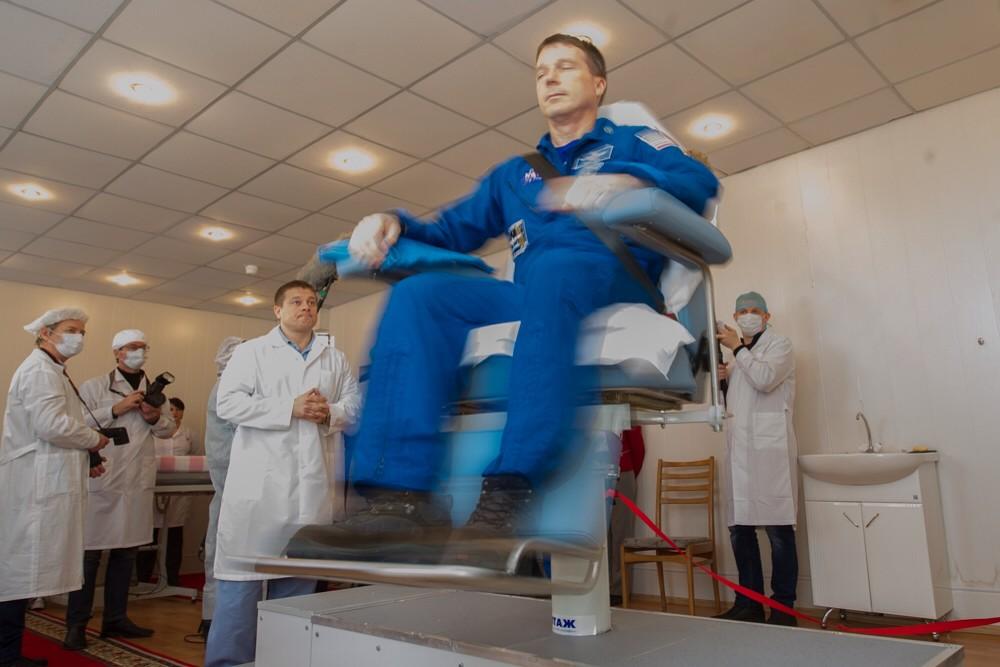According to engadget.com, two of our most totally-not-shady Big Brother organizations want to delete all of their emails that are seven years or older, as well as the emails of all CIA employees who have been retired for 3 years. A plan of action was shown to the National Records and Archives Administration (NARA) that indicated this intent, with only 22 top officials' correspondence to survive the digital culling.
| History now seems to be written by the digital winners. (Image courtesy news.yahoo.com.) |
For two organizations who thrive on intelligence (one where it's in the very title of the company), this seems like a bad idea. Numerous senators, including Dianne Fenstien (D-CA), are actively opposing this plan, fearing the expunging of evidence.
The motion was made by the CIA as part of an effort to help streamline its email collection for better management, a mission that NARA had asked of all government agencies to figure out a plan for. Homeland Security's excuse was that it would free up valuable server space ($50 a terabyte per month) and that deletion could also possibly thwart the intended intelligence-gathering of Einstein, their government-website traffic-tracker.
| They can stash endless info on regular citizens, but heaven forbid their own emails get retained. (Artwork by Will Varner / Image courtesy twistedsifter.com.) |
While this would be a win for private privacy, the overarching scope of government intel is something that people don't want to be able to simply vanish like so many extraordinary renditions before it.
Lee Tien of the Electronic Frontier Foundation told Gizmodo, "It's kind of sad. I want to applaud the government for choosing to discard unnecessary data about people. But we have good reason to question the government's reasons because of what we've learned about what we've NOT been told."
If you think the government shouldn't be doing the modern equivalent of shredding countless files and burning the confetti, you can tell NARA right here.
| Uh...thanks but no thanks. (Image courtesy reanimatedresidue.wordpress.com.) |



